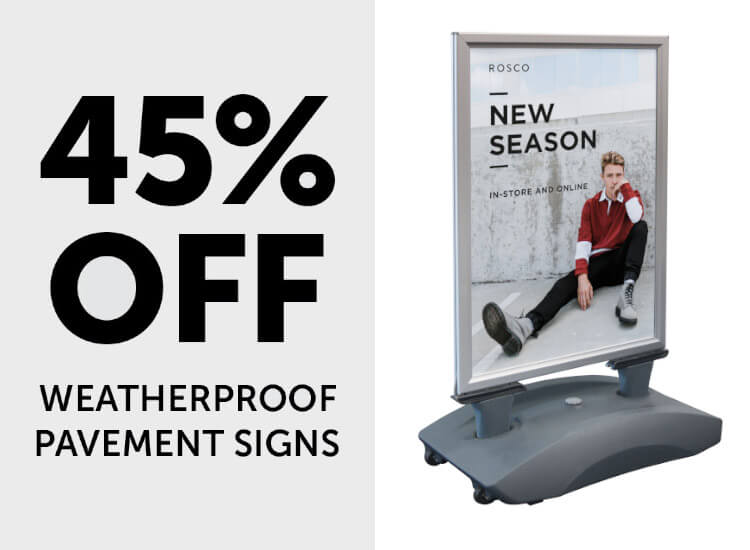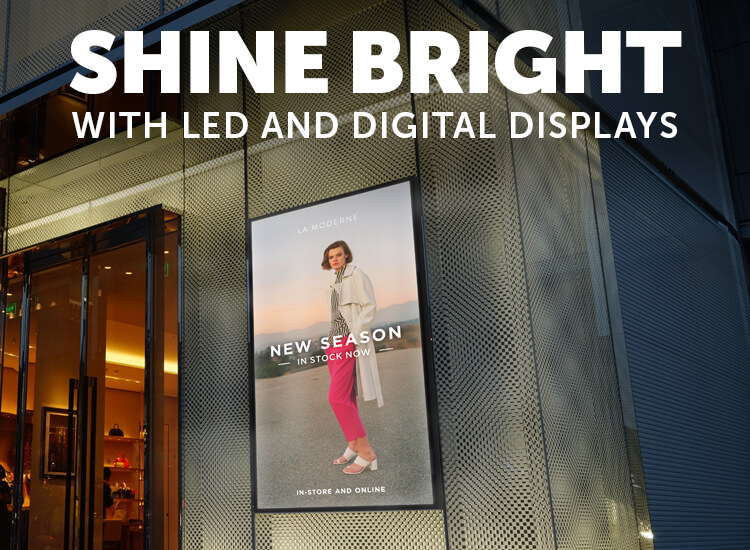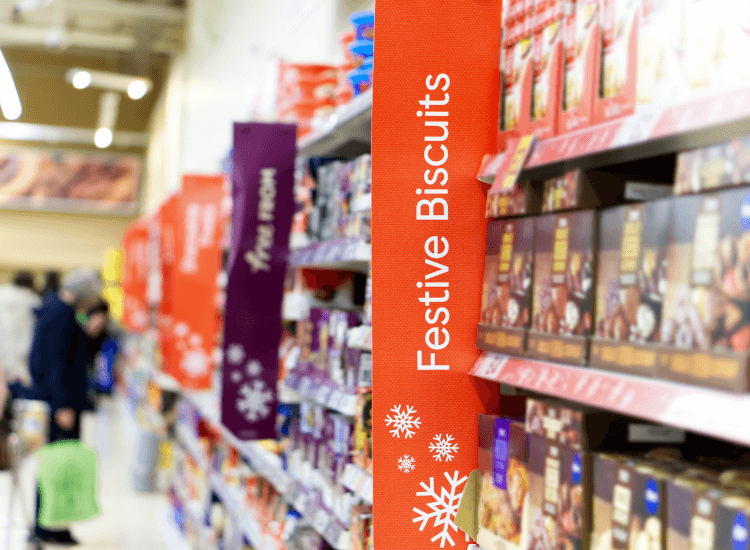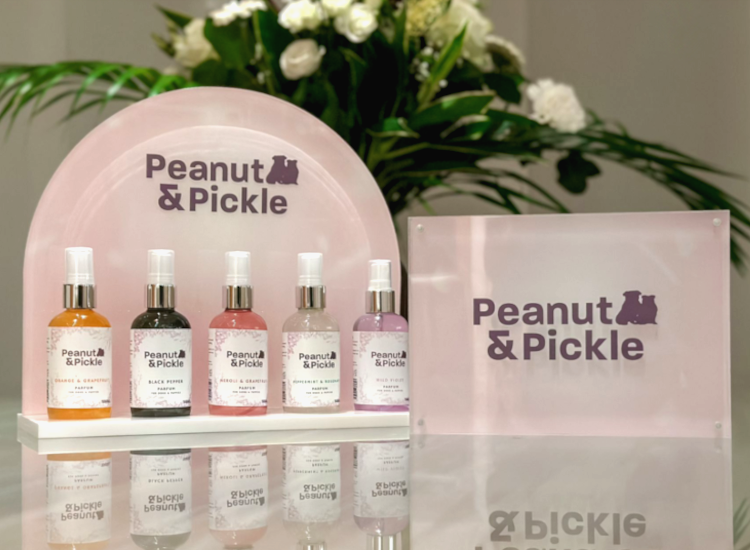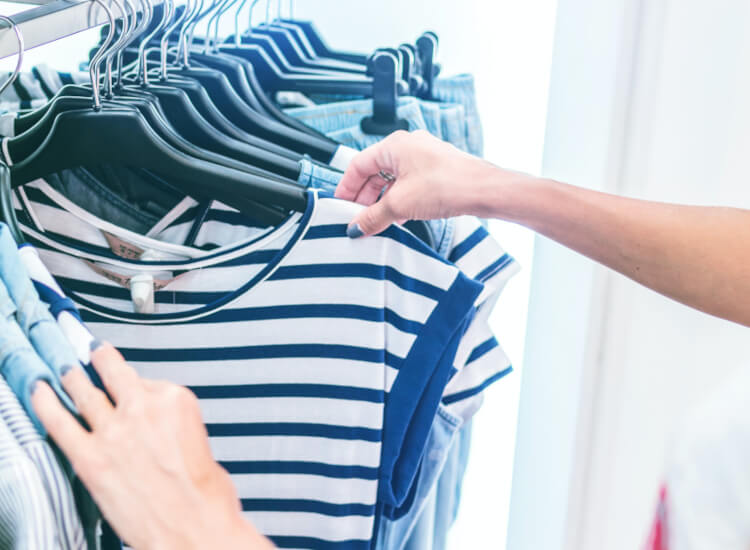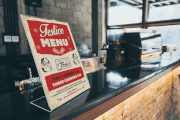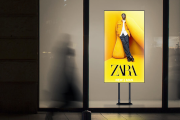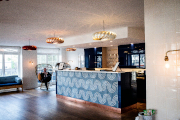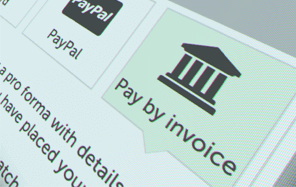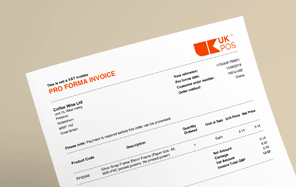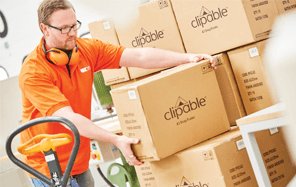Create An Interactive Shopping Experience To Boost Sales
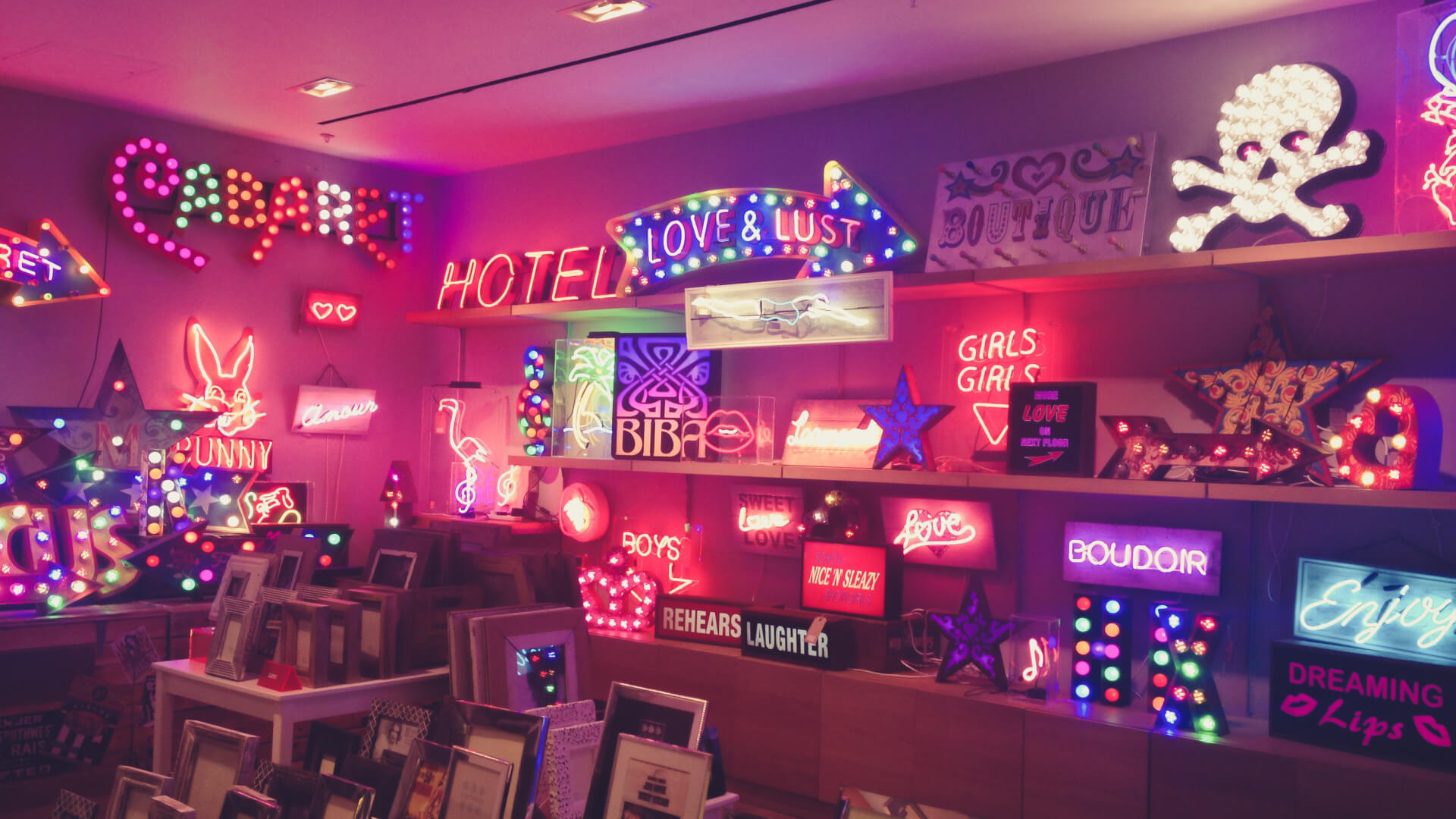
What is experiential retail?
Experiential retail refers to incorporating immersive, interactive and shareable experiences into your brick-and-mortar stores. The goal is not just to increase sales. Instead, we want to engage customers and exceed their expectations. We will use in-store events to meet consumer needs and build brand loyalty.
This type of in-store marketing is becoming more popular. As online shopping grows, physical stores must adapt, to attract more people onto the high street.
By offering a special shopping experience, you help customers remember your brand in a good way. This makes it more likely that they will return to buy something in the future.
What are the advantages of experiential retail?
If you're in a crowded market, immersive shopping experiences can help your brand stand out from competitors. By using creative practices early, you can carve out a USP for your business and stay one step ahead of the competition.
"Brands that create personalised experiences are seeing revenue increase by 6% to 10% - two to three times faster than those that don’t."- Boston Consulting Group (2018) [1].
The biggest advantage of experiential retail is the ‘shareability’ factor. Impressive visual displays are perfect for visitors to photograph, video and upload to social media.
You can encourage this behavior by putting up signs in your store. Ask customers to upload their media with a specific hashtag or tag your company account. This allows them to be seen by as many people as possible, all while providing a link to your company account or website.
This kind of word-of-mouth advertising encourages more people to visit your store. It also increases brand visibility among similar potential customers online.

-

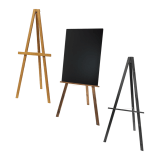
Freestanding Wooden Easel
EAS In stockFrom: £72.00 ex. VATView -

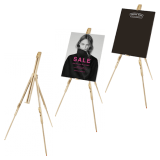
Collapsible Wooden Easel
EASC In stockWas: £19.99 From: £15.99 ex. VATView -
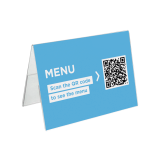
Acrylic Table Tent Card Holder
AS6 In stockFrom: £1.04 ex. VATView -

Custom Printed Foamex Board
FOAMX In stockFrom: £6.49 ex. VATView
Use technology to create an immersive shopping experience
Technology is a great way of engaging customers to your store. Create a synergy between your brick-and-mortar store with your online store through the use of interactive media.
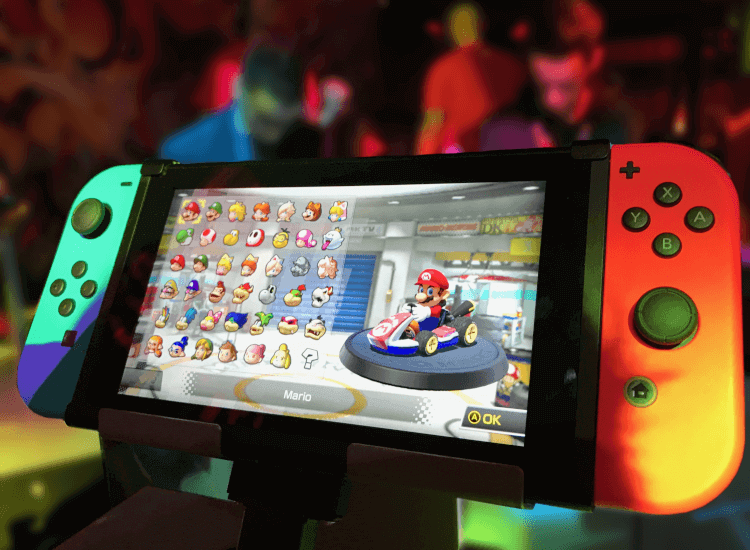
Gamers, for example, would love the opportunity to test out a new game or console before committing to the expensive purchase.
If technology or video game stores allowed customers to ‘test-drive’ a product for a limited amount of time, this would likely result in higher footfall.
However, customers may not respond well to putting their own device down and picking up another one. So, don't rely solely on technology when designing your experimental retail experience.
The desire for retail experiences is on the rise. Millennials have said 52% of their spending goes on experience-related purchases. This is associated with the concept of ‘retailtainment' [2].
-


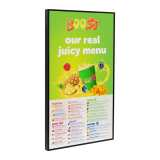
High Brightness Display Screen for Shop Windows
DDUH In stockWas: £1,720.00 From: £1,590.00 ex. VATView -
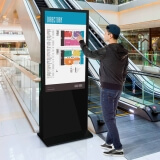
Touchscreen Digital Display Totem
DDV In stockFrom: £1,444.30 ex. VATView -
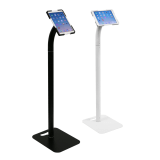
Universal Tablet Floor Stand
TAB10 In stockFrom: £97.00 ex. VATView
Play to your company’s strengths for a unique retail experience
Most retailers and brands have a set of products that appeal to a specific target market. That could be anything from homeware to food, and clothing to sports.
To attract new customers in your target market, consider offering services related to their hobbies and interests. For example, food stores could offer cooking classes. Technology stores could provide classes on internet safety for parents. Sports clothing companies could host yoga sessions.
“59% of consumers expect that more than half of retail space will be devoted to experience rather than product by 2025, while 75% of consumers believe this will happen by 2027. A colossal 81% said they would be willing to pay more for experience.”- Sahar Nazir, Retail Gazette (2020) [3].
This may seem like a big undertaking for a retailer. But, you can work with another business that provides these services or classes. This partnership can benefit both businesses.
If customers learn to use your products well or start a new hobby, they are more likely to buy from you. They may also purchase more related items from your store.
A real-world example of a unique service in a retail store is Casper. This mattress brand from the United States opened an experiential store in New York. They were not just a regular warehouse-style mattress store.
Instead, they provided customers a 45-minute session in a private sleeping pod for a small fee. The pods were equipped with Casper-branded bedding. This appealed to the city’s exhausted workers looking for a short break or nap in a peaceful space. Meanwhile, it also served as a great way for Casper to prove how comforting their products are [4].
Incorporating experiential retail doesn't always have to be a huge undertaking. Experiences can be simple, like offering new ways for customers to choose products. Customers can create bundles or use a pick ’n’ mix style to get products in-store.
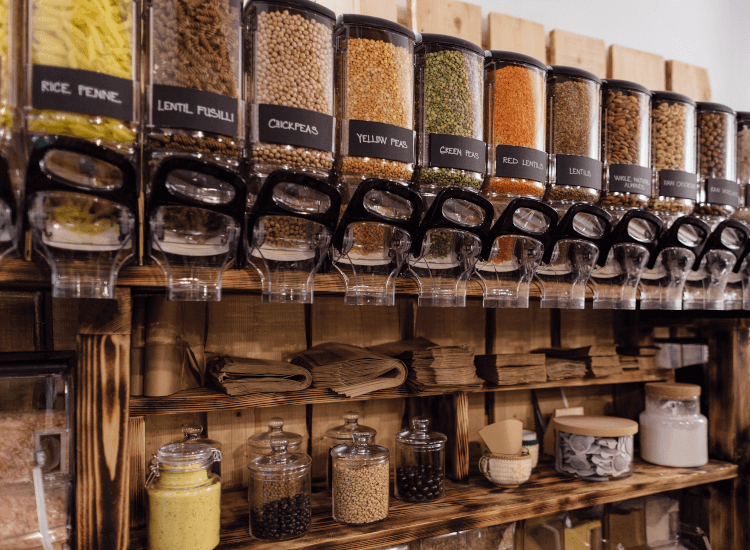
Combine self-serve retail display products like gravity food dispensers and weighing scales. This is an interactive way for customers to get the exact amount of product they need. They don't have to choose from pre-packaged amounts.
-


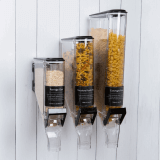
Gravity Food Dispenser
GFDW In stockWas: £87.60 From: £60.00 ex. VATView -

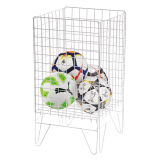
Collapsible White Dump Bin
CDB In stockFrom: £20.90 ex. VATView -
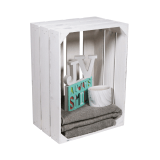
White Wooden Crate
CRTW In stockFrom: £24.77 ex. VATView
This approach could cut into your profit margins, as customers may buy less than before. Despite this, the benefit to the customer will likely attract more people into your store over your competitors. This will increase profit and brand loyalty.
Offering these services is great for drawing interest from passersby and potential new customers. It boosts future sales, as well as helping to keep existing customers interested in your brand.
What are the challenges of experiential retail?
| Challenge | Solution |
|---|---|
| High upfront costs | Start small with demos/workshops, partner with brands to share costs. |
| Limited space | Use flexible displays or AR to maximise engagement without large areas. |
| Staff training | Provide clear training and empower staff to personalise interactions. |
| Measuring ROI | Track dwell time, repeat visits, social media, and customer feedback. |
| Keeping it fresh | Rotate themes, seasonal campaigns, or new product tie-ins. |
| Balancing online and offline | Blend digital and physical, e.g. QR codes linking displays to online content. |
In Summary
Experiential retail is about giving people a reason to shop in person. Buying a product becomes more memorable. It can involve testing a gadget, joining a workshop, or enjoying a nice space.
These small moments make shopping enjoyable and meaningful. By creating them, retailers can build stronger connections with customers and encourage them to return.
Check out our Retail Hub for a curated selection of advice and display ideas for your shop displays!
References
1. Rich Hutchinson, Dominic Field, Nicolas de Bellefonds, Akira Morita, and Jeanine Lavender, ‘The Future of Marketing Is Here. Don’t Blink’, Boston Consulting Group, 2018, https://www.bcg.com/publications/2018/future-marketing-here-do-not-blink [accessed January 2021].
2. Nicholas Moore, ‘9 Case Studies That Prove Experiential Retail Is The Future’, Storefront, 2018, https://www.thestorefront.com/mag/7-case-studies-prove-experiential-retail-future/ [accessed January 2021].
3. Sahar Nazir, ‘Experiential retail will be “tipping point” in 2025 – Westfield’, Retail Gazette, January 2020, https://www.retailgazette.co.uk/blog/2020/01/westfield-releases-biggest-retail-trends-report/ [accessed January 2021].
4. Cate Trotter, ‘What is Experiential Retail? An Inside Look’, Lightspeed, July 2019, https://www.lightspeedhq.co.uk/blog/the-rise-of-experiential-retail/ [accessed January 2021].

